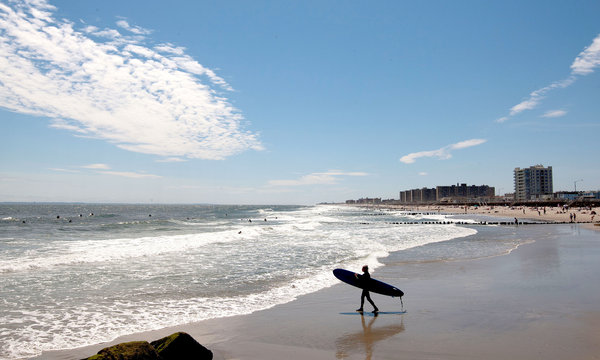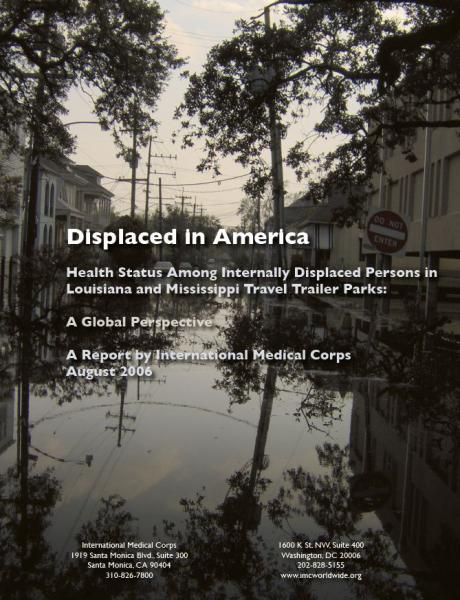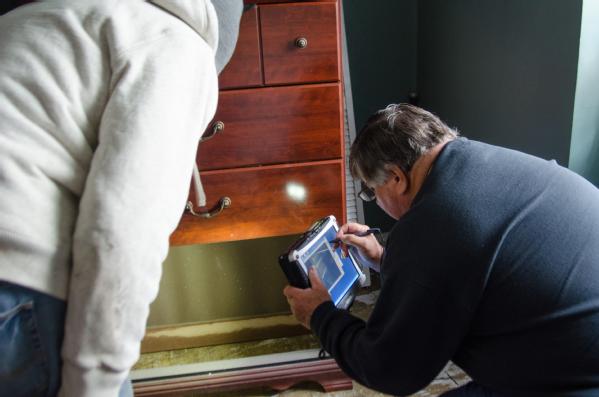
Surfers in Far Rockaway, Queens. More than 3.6 million people visited Rockaway Beach during swimming season last year. Ruth Fremson/The New York Times
nytimes.com - by Sarah Maslin Nir - May 20, 2012
Summer is coming to the Rockaway Peninsula, the thin strip of land lapped on either side by Jamaica Bay and the Atlantic Ocean. And with the warmth will come the usual hordes who play and bask on its beaches, and, inevitably, suffer heatstroke, volleyball sprains, beach glass lacerations and near-drownings — the sorts of seaside scrapes that send people to the emergency room every season.
But this season, there will be one fewer hospital to deal with such traumas.
. . . Peninsula had such a dubious reputation that some residents said they had avoided it altogether. St. John’s asserts that despite a potential upsurge, it can handle the summer crush.
Nonetheless, hundreds of residents and former hospital employees gave impassioned testimony to the contrary before a panel this month at a legally required meeting on the closing; the panel included Dr. Nirav R. Shah, the state health commissioner.

 submitted by Amy Weng
submitted by Amy Weng






Recent Comments